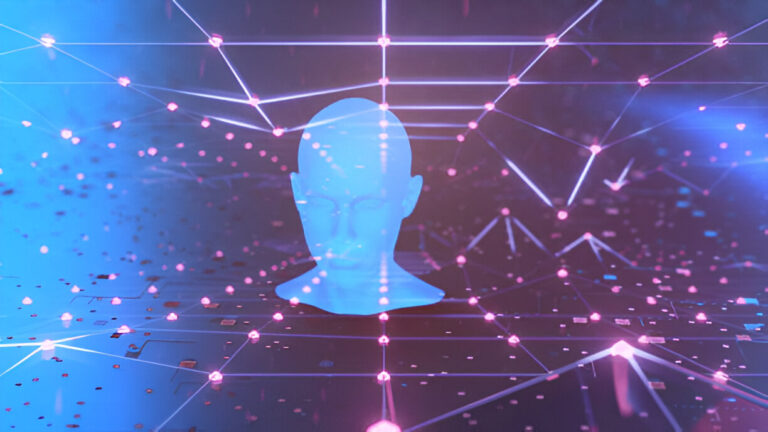Identifying content produced by artificial intelligence involves analyzing various textual cues. Common indicators include overly polished grammar, repetitive phrasing, lack of personal experience, and generic responses. AI-generated content may also exhibit unusual patterns in sentence structure, unnatural tone, or inconsistencies in logic. Fact-checking and verifying sources can further expose inaccuracies typical of automated outputs. Tools like AI detectors, plagiarism checkers, and metadata analysis assist in detection, but they are not foolproof. Human review remains crucial, as subtle nuances often escape algorithmic scrutiny. Developing media literacy, critical thinking, and familiarity with writing styles enhances one’s ability to discern authenticity. As AI technology evolves, continuous learning and adaptive detection strategies are essential for maintaining content integrity and combating misinformation in academic and public spheres.
Introduction to AI-Generated Content
The speed at which technology is developing in the digital age has drastically changed how content is produced and consumed. Artificial intelligence is revolutionary in this development, particularly in content production. Capable of creating text that is coherent, informative, and at times intriguing, AI generation blurs the line between human and machine authorship. With algorithms churning out everything from casual blogs to in-depth news reports, the ability to recognize AI-created text is more crucial than ever. This is where AI Content Detection Software becomes a valuable tool, empowering individuals to distinguish and assess the authenticity of the content they interact with within the digital space.
What Makes AI-Generated Content Unique?
AI-generated content fundamentally differs from human writing due to its reliance on machine logic and data-driven outputs. AI algorithms are designed to mimic human prose by analyzing vast datasets to produce text that fits recognized linguistic norms with high probability. However, despite this sophistication, AI content often bears distinct markers—it may appear overly structured or polished, sometimes resulting in text that feels mechanical and devoid of the nuanced flair that characterizes human authorship. As highlighted by the OpenAI Blog, AI models generate content by predicting word sequences within a given context, resulting in works that, while fluent, can sometimes lack the depth, creativity, and emotional resonance innate to human expression.
Why Detecting AI Content Matters
The proliferation of AI-generated content brings with it a unique set of challenges. One critical concern is the potential spread of misinformation when AI content goes undetected. Recognizing and confirming the legitimacy and source of digital content is crucial when fake news is rampant. From academic research to social media, the capacity to discern between factual and AI-generated material upholds the integrity of information on which society relies. As technology bridges information gaps, ensuring authentic and reliable content becomes paramount in preserving public trust in digital media.
Techniques to Spot AI Content
Pattern Recognition
Recognizing patterns in text is an effective method for identifying AI-generated content. AI-written text often includes repetitive structures, standardized phrasings, and consistency in tone resulting from algorithmic processes. These patterns can be telltale signs of a non-human origin, helping astute readers discern AI content from genuinely human work. By honing this skill, readers can effectively sift through content with a critical eye.
Contextual Understanding
Humans can understand and integrate context, often weaving subtle cues and references into their writing. Conversely, AI relies on data-based knowledge, occasionally producing content that, while coherent, might not fully align with the nuanced requirements of a particular topic. Readers should evaluate not just the factual accuracy of the information but also its depth, relevance, and contextual fit, allowing gaps or oversights to indicate AI authorship.
Human-Like Qualities
The qualities that make human writing exceptional—creativity, emotional depth, and personal voice—are often difficult for AI to replicate convincingly. Human writers usually inject unique perspectives, personal anecdotes, and distinctive language use into their work. Constrained by its programmatic foundations, AI may not achieve this level of personal touch. Readers should look for this authenticity and variability when identifying content crafted by human hands.
Tools That Help in Detecting AI Content
In the quest to maintain the integrity of online information, several advanced tools are available to help detect AI-generated content. These tools, more sophisticated than the technologies used to generate the content, can analyze text comprehensively to flag AI contributions. By employing these tools, organizations, educators, and individuals can ensure higher standards of content integrity, promoting a more reliable and trustworthy digital environment.
The Role of AI in Content Creation
AI’s influence in content creation extends beyond textual production to include visual and auditory media, illustrating its expansive capabilities. This ability accelerates content production and enriches the creative process by enabling efficiency and scale. However, this vast creative potential should be harnessed mindfully to balance AI’s efficiency with the originality, creativity, and authenticity unique to human endeavors.
Potential Pitfalls of AI-Generated Content
While AI-generated content offers numerous advantages, such innovation is not free from challenges. The risk of diminished originality is significant, as AI may streamline content creation at the cost of creativity and unique expression. Highlighting these potential downsides is necessary for creators and consumers to make informed decisions on integrating AI into creative processes and to safeguard the integrity of quality and originality in all forms of digital communication.
Looking Towards the Future
As AI technology develops and becomes more deeply integrated into various facets of life, enhancing our skills to detect AI-generated content grows in importance. Mastering this capability is vital for upholding the credibility and reliability of digital information, responsibilities that rest on content creators and consumers. By fostering an environment of vigilance and the development of advanced detection tools, we can navigate the digital landscape more effectively and preserve the authenticity and trustworthiness of the vast array of content we engage with daily.

david Miller is an experienced English language expert with a deep passion for helping others communicate effectively and confidently. With a background in linguistics and literature, He provides clear, accessible insights on grammar, writing, and communication strategies. Through well-researched articles and practical advice, David Miller aims to make language learning both inspiring and achievable for readers of all levels.


